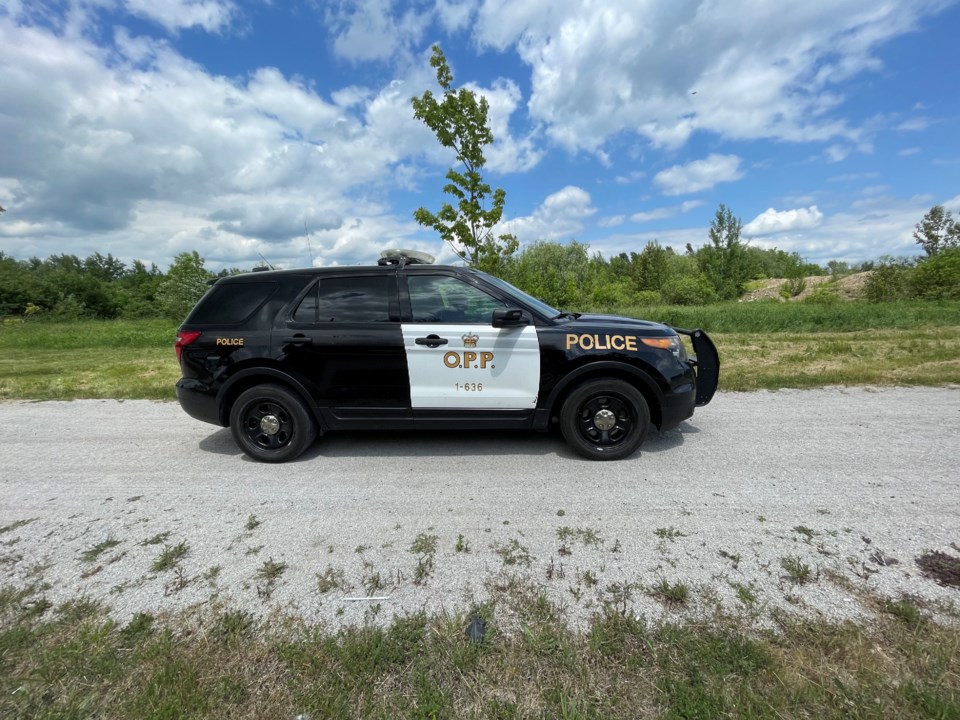As a longtime politician, Basil Clarke, long-time mayor of Ramara Township who also serves as warden of Simcoe County gets it.
Clarke was recently quoted as saying that “cooling centres are just one small part of a larger strategy to build up the lives of those who need us.”
In other words, providing places for people to keep cool during heatwaves is just one of the many services needed to deal with the homelessness crisis faced in this area.
There is no magic bullet when it comes to ending homelessness. The problem is very complex and so is the solution. It will take time and money.
The response from the county, which looks after social services for Barrie, has been a 10-point plan covering everything from creating more affordable housing to increasing rent subsidies to making services easier to access. One important target is to work with tenants to prevent evictions in the first place. The last point in the strategy is to keep seeking new opportunities, a reminder that plans should be flexible.
One thing is certain: the answer does not lie with one big project. In fact, I’d argue that bigger is not necessarily better, at least when it comes to providing shelter for the homeless.
When I sat on Simcoe County’s general committee as a Barrie representative, I frequently heard social services staff say the optimal size for shelters was about 50.
Then COVID-19 arrived.
The Travelodge on Bayfield Street eventually became home to about 150 individuals. It was likely necessary as a measure to keep people healthy and safe. The Busby Centre and the Elizabeth Fry Society did an admirable job of running the facility.
But it was incredibly costly – more than $800,000 per month – and, at least in my experience, put too many people in one location. The number of complaints from surrounding stores, offices and restaurants for shoplifting, vagrancy and even assaults skyrocketed. Nearby businesses began hiring more security guards and locking their restroom doors.
The offenders weren’t necessarily staying in the shelter, but, people being the social animals they are, the area tended to attract those who did cause problems. As the councillor for the ward at the time, I became a convert to the idea that 'smaller is better.'
That doesn’t mean fewer beds or less money. It just means more locations.
That’s the approach largely underway already in Barrie. A few years ago, the former Barr’s Motel on Essa Road was converted to the 18-unit Lucy’s Place to accommodate some of the hardest to house. It was recently expanded by six more units, but is still a manageable size. The complaints from the area, at least while I was on council, were few.
A long-empty building on Tiffin Street was converted to 14 units largely aimed at those homeless with mental health problems or physical disabilities. It seems to be running smoothly.
The former OPP station site on Rose Street was purchased by the county and became a shelter for up to 50 people – there’s that number again.
The joint project from Redwood Park Communities and the Salvation Army nearing completion on Lillian Crescent will have 12 apartments for families forced out of their homes because of domestic violence, fires or inability to pay the rent.
These are the type of projects that make a difference in the homeless crisis. As the warden said, small parts of a larger strategy.
Barry Ward is a veteran editor and journalist who also served on Barrie city council for 22 years. Fair Comment appears regularly on BarrieToday.
